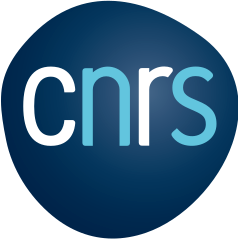Motivic Homotopy Theory
My research topics include cohomological theories, algebraic and arithmetic geometry, intersection theory, and algebraic topology.
In the early 1990s, Vladimir Voevodsky initiated what would later become the theory of motivic homotopy, with the goal of defining the theory of triangulated mixed motives conjectured by Alexander Beilinson. On this occasion, Voevodsky introduced the h-topology and the theory of effective h-motives. But the main idea was to treat the affine algebraic line as the analogue of the topological interval.
A little later, following his initial attempts to prove Milnor's conjecture, Voevodsky, in collaboration with Fabien Morel, introduced the general definition of motivic homotopy, which allows for the transfer of the framework of algebraic topology to algebraic geometry. This, for example, makes it possible to define an algebraic version of cobordism theory, originally due to René Thom, replacing differential varieties with algebraic varieties (over a field or even any base).
The world created by Morel and Voevodsky offers a rich array of new invariants that are actively being studied today. In particular, it encompasses the theory of mixed motives conjectured by Beilinson, which acquires a new dimension through the motivic analogue of the theory of topological orientation.
Its first success was enabling Voevodsky to solve a multifaceted conjecture that, in its most developed form, describes the relationship between the Nisnevich and étale variants of Tate's motivic complexes with torsion coefficients: the Beilinson-Lichtenbaum conjecture, which includes, as special cases, the conjectures of Milnor and Bloch-Kato.

